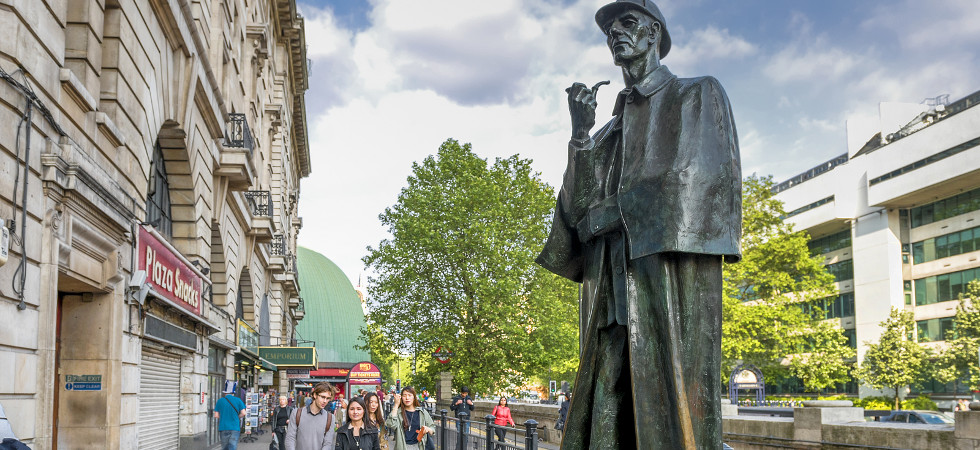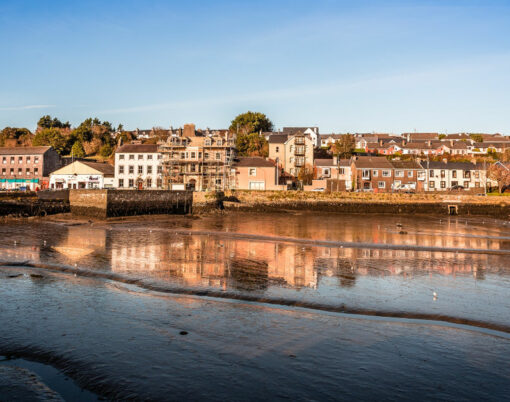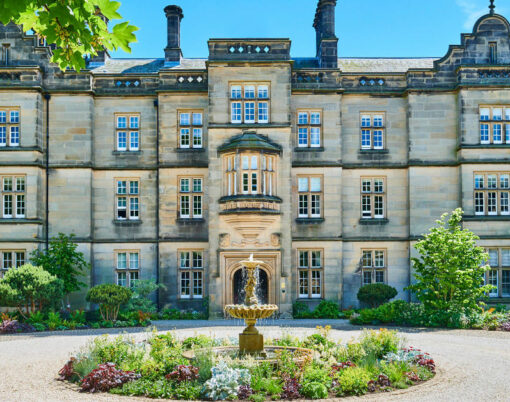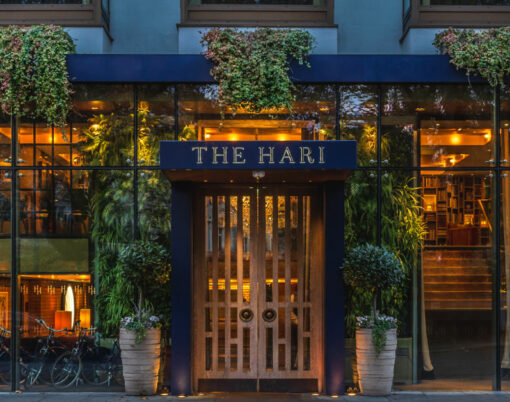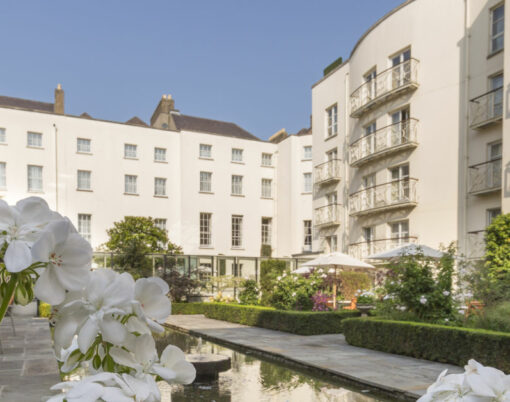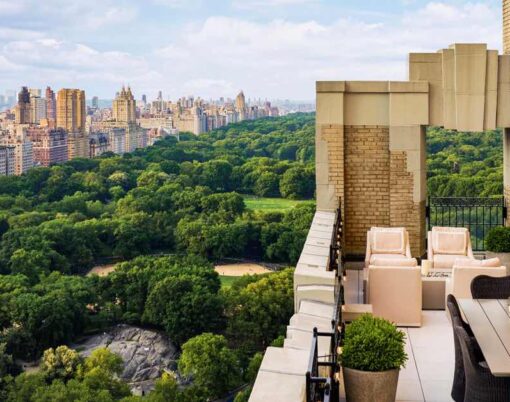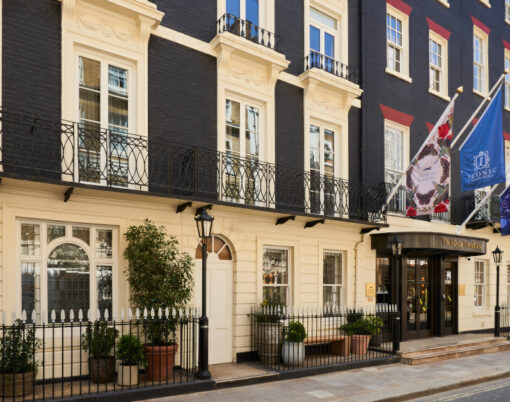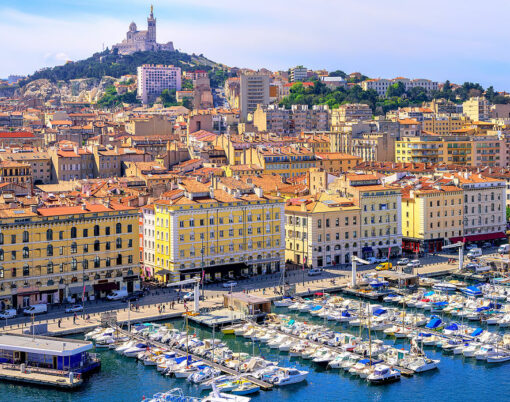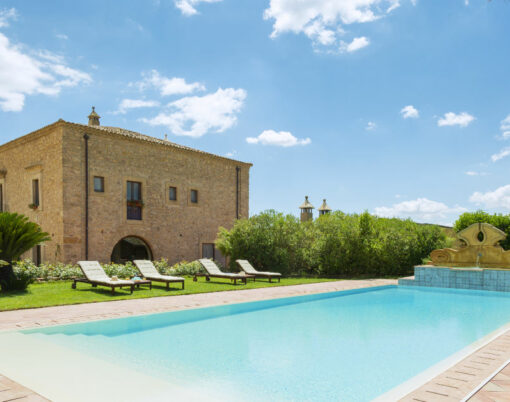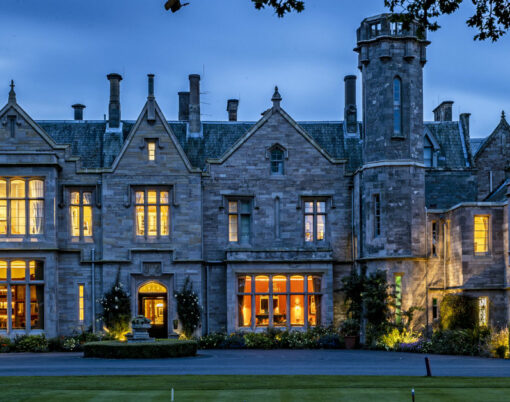It’s hard not to find yourself immersed in the fictional worlds of your favourite characters when you are a consumer of mass media, which most of us are these days. We often become fascinated by what life would be like in their universe. Whether this is associated with soap operas or cinematic masterpieces, we’ve become extremely familiar with the streets many of these characters grew up on — but what are some of the most famous and worth a visit to?
Coronation Street
Coronation Street has secured its place firmly in the heart of many Brits since gracing our screens in 1960 on ITV. Created by Tony Warren, Corrie is set in the fictional town of Weatherfield in Salford. The ironically British street is believed to have been built in 1902 and compromised of a row of seven terraced houses with the iconic Rovers Return Inn and corner shop at each end.
The show itself holds the glorious title of longest-running soap opera in the world and is home to many dramas. Due to its fierce popularity, writers had to introduce new characters and locations over the years to create a more representative environment for viewers at home to relate with. Today, you’ll still find the iconic Rovers Return Inn and D&S Alahan’s corner shop, but also be introduced to The Kabin newsagents, Roy’s Rolls café, and lingerie-making business Underworld as well as other communal areas.
There’re a lot of storylines that made a significant impact on the British public that still live on almost 60 years later. Big storylines such as the ‘Free the Weatherfield One’ campaign where Deirdre Rachid was given an 18-month sentence for a crimes she didn’t commit to Hayley Cropper née Harold Patterson becoming the first transgender character on the show will also be familiar to those who do not watch the show due to its huge following and high media coverage.
You can walk down the famed cobbles yourself with an outdoor street tour that takes place on weekends. Located at MediaCityUK in Manchester, the 80-minute tour also includes the set of Rosamund Street and the never-before-seen Victoria Street.
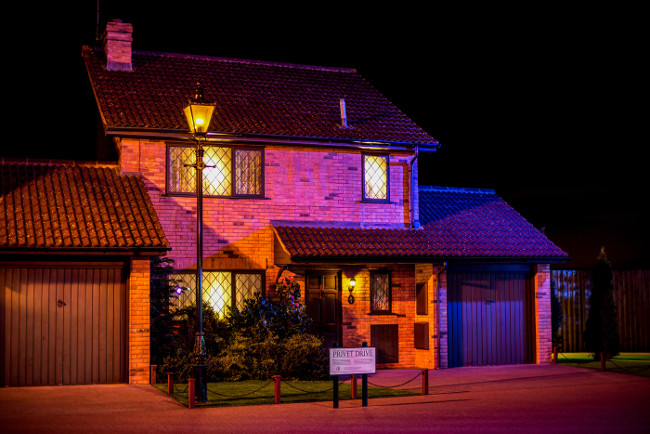
If you are a fan of the world’s most famous magical nanny, Mary Poppins, then you’ll be more than familiar with Cherry Tree Lane. P.L Travers first introduced us to the famous fictional street in 1934 when she released the first of her Mary Poppins book series. The street is most notably home to the Banks family, who lived at number 17 and has been passed down to each generation.
Mary Poppins initial landing is just one of many remarkable and magic events that have occurred at the address. What else makes this location supercalifragilisticexpialidocious is that it’s also home to Admiral Boom and Mr. Binnacle, who were once members of England’s navy and keep their house in ‘shipshape’ — with an actual ship on the roof which fires a cannon twice a day! As well as this, there is countless chimney sweepers and path illustrators!
Though there is no specific location for where Cherry Tree Lane could be, it’s believed that Travers based her vision off townhouses in Kensington or her own home on Smith Street in Chelsea — which now has an English Heritage plaque outside and is a beautiful site to visit for long term fans and for those who have more recently fell in love with the story since seeing Disney’s Mary Poppins Returns at the cinema!
Privet Drive
The Harry Potter series is a story well known to many. We were initially introduced to Privet Drive in 1997, in a book published by J.K Rowling titled Harry Potter and the Philosopher’s Stone. Located in Surrey, this street was home to the Dursley family, which included Vernon, Petunia, and their son Dudley, who all lived at number four.
This seemingly normal street became slightly more interesting in 1981 as Vernon and Petunia’s nephew, Harry James Potter, was left on their doorstep by one of the greatest wizards of all time, Albus Dumbledore, after his parents were tragically murdered by the Dark Lord himself, Lord Voldemort.
The regular suburban street comprises of ‘boxy’ styled homes with front and back gardens. Each house is nearly identical in style, like many of our streets in the UK. The name of the street came from a privet bush, which is a hedge that isolates houses as Rowling herself thought this linked quite well to the Dursley’s desire to segregate themselves from the Wizarding World — despite having strong family ties.
The opening of Warner Bros. Studio Tour London in March 2012 meant that fans can visit the film set in real life! The interior is open to the public so make sure you check ahead of visiting, although we know you’ll be just as pleased posing next to the vintage street sign. The actual home that was used in the first film recently made headlines after being put on the market for almost £500,000! A visit well worth making to see the legendary place where Harry Potter spent his early years.
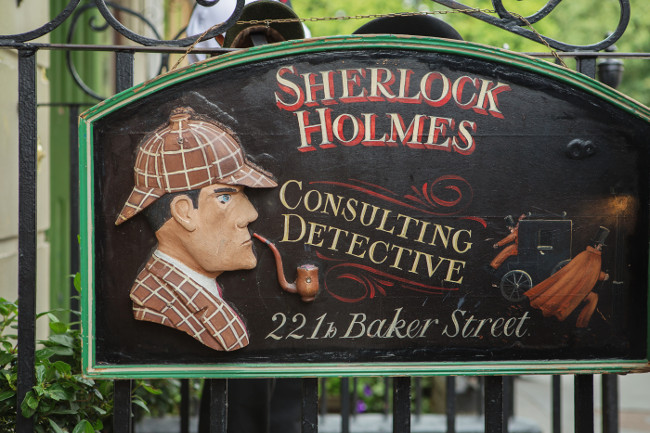
Baker Street
Sherlock Holmes is arguably the UK’s most popular detective. 221b Baker Street is the well-known residence of Holmes, where he lived and worked. Although you may need to wear your deerstalker cap to find it, as the building is strangely located between 237 and 241. Penned by Sir Arthur Conan Doyle, Sherlock has become one of the most influential literary characters associated with British culture.
Today, you can visit the address which functions as a museum. It is open every day from 9:30am to 18:00pm and costs adults £15 and children under 16 £10. It offers visitors the chance to explore the home Sherlock shared with his main companion, Dr Watson — including the sitting room, the laboratory, the iconic study, and more.
It’s interesting to note that when the stories were first published, though the street itself wasn’t fictional, the address ‘221b Baker Street’ certainly was as the addresses in Baker Street did not go as high as 221 — but this was soon extended. The Abbey National Building Society occupied the addresses 219-229 from 1931 and had to employ a full-time secretary to answer mail addressed to Sherlock Holmes! There was a 15-year dispute on who should receive the letters though, the building society or the museum.
Fictional streets are a great addition to your travel plans. Which one are you most excited to visit?
Image credit at the very top of the article: Yorgy67/Bigstock.com












